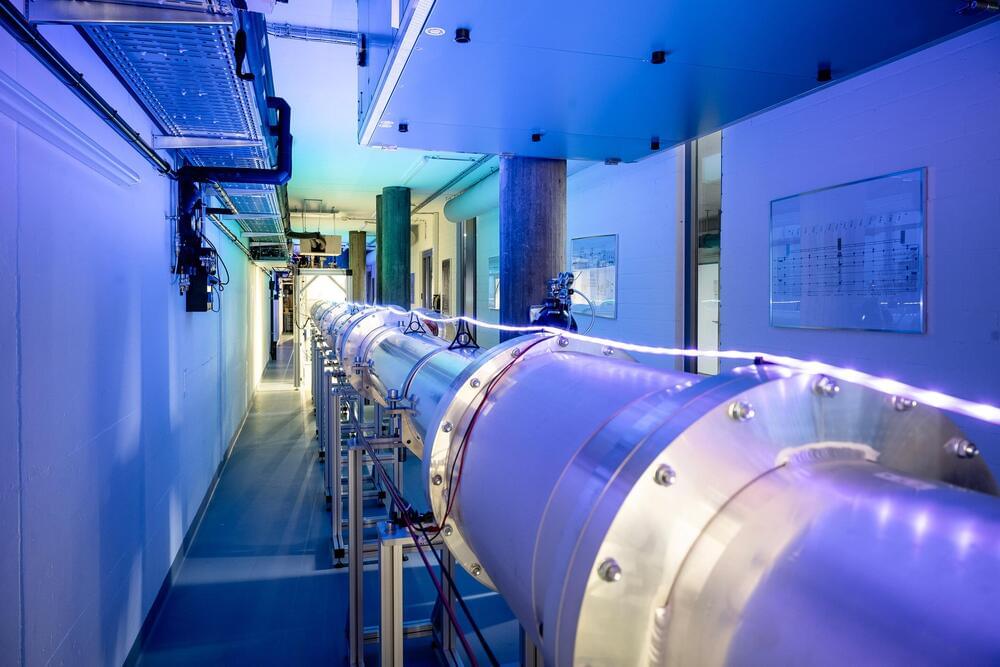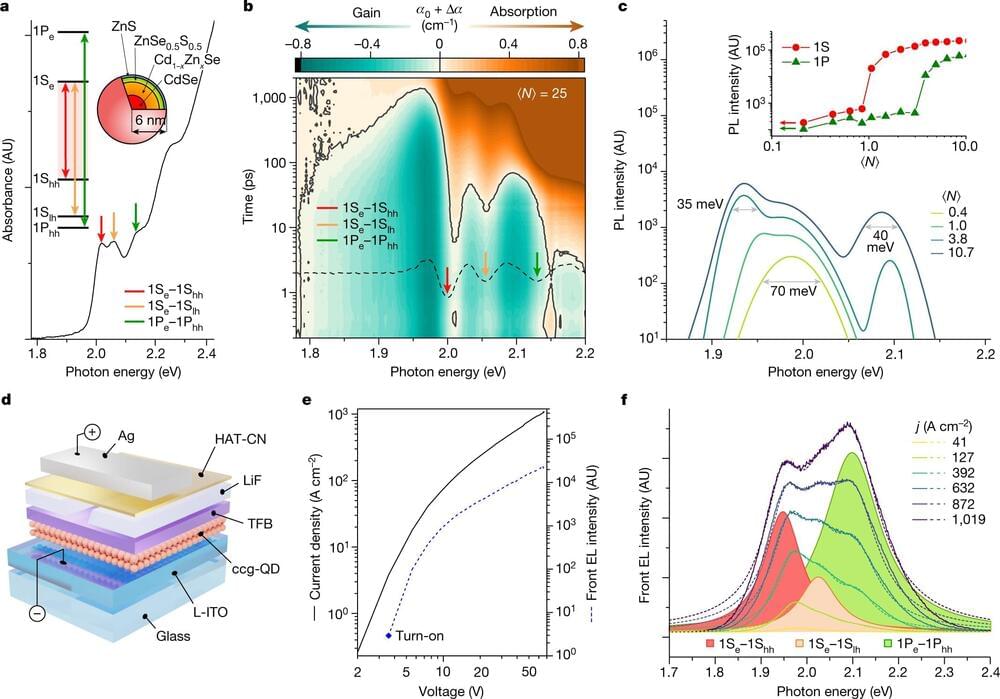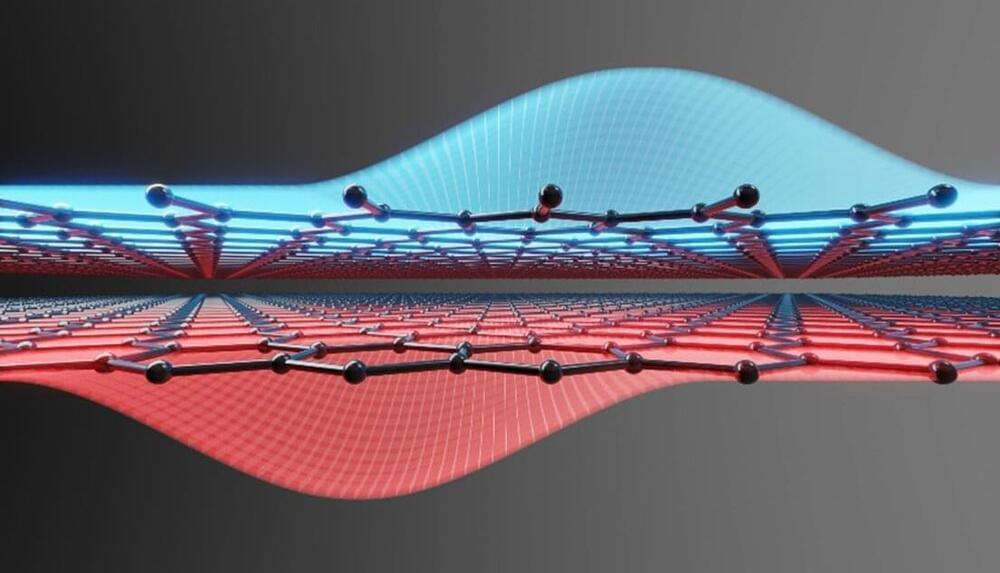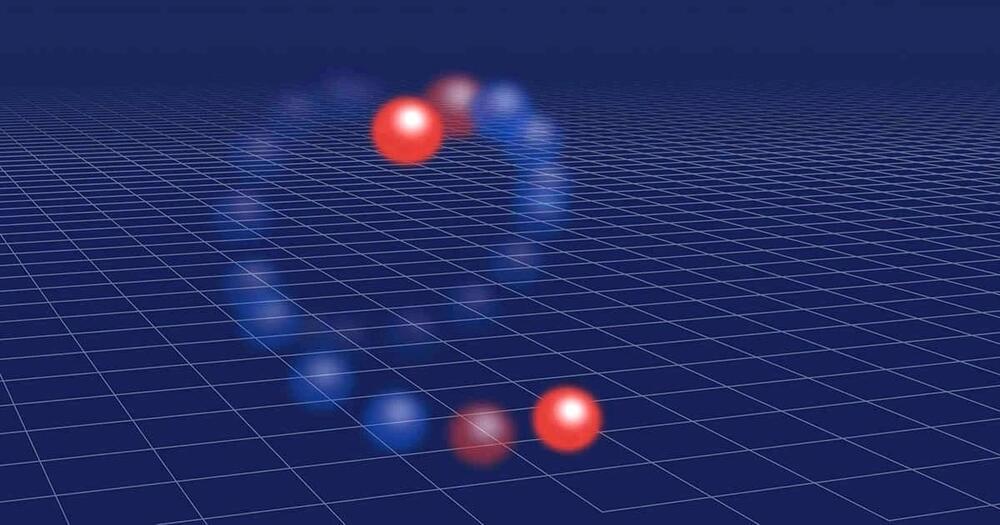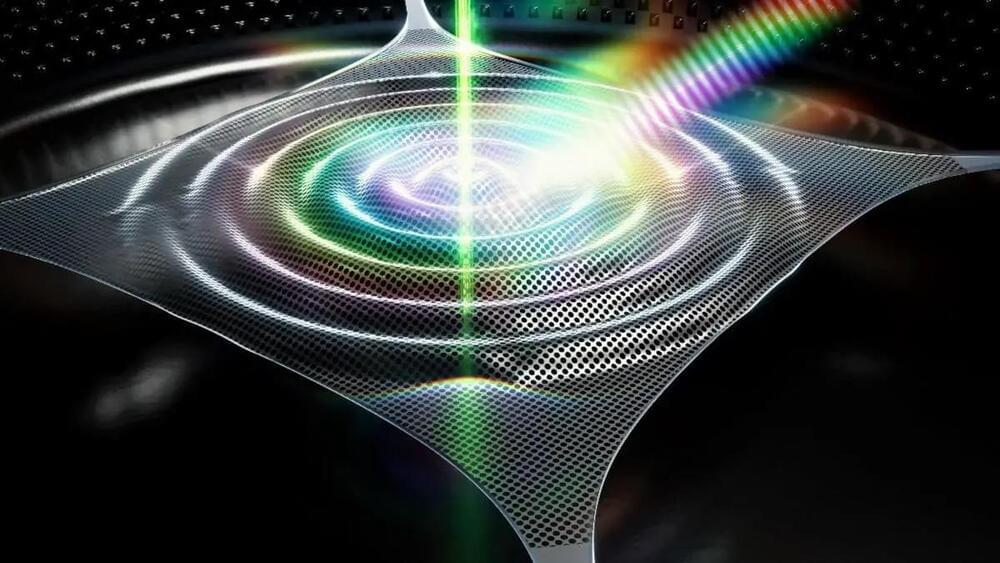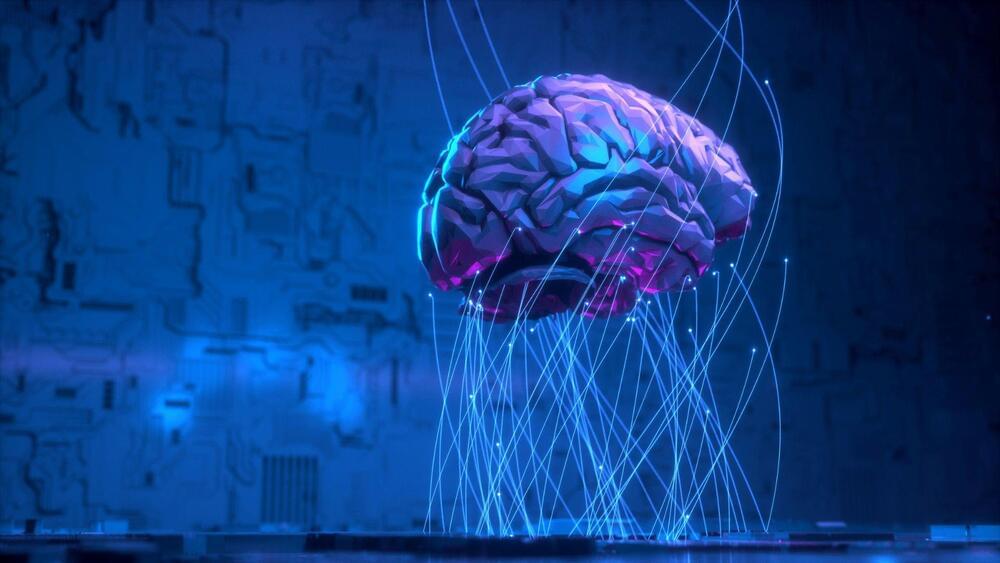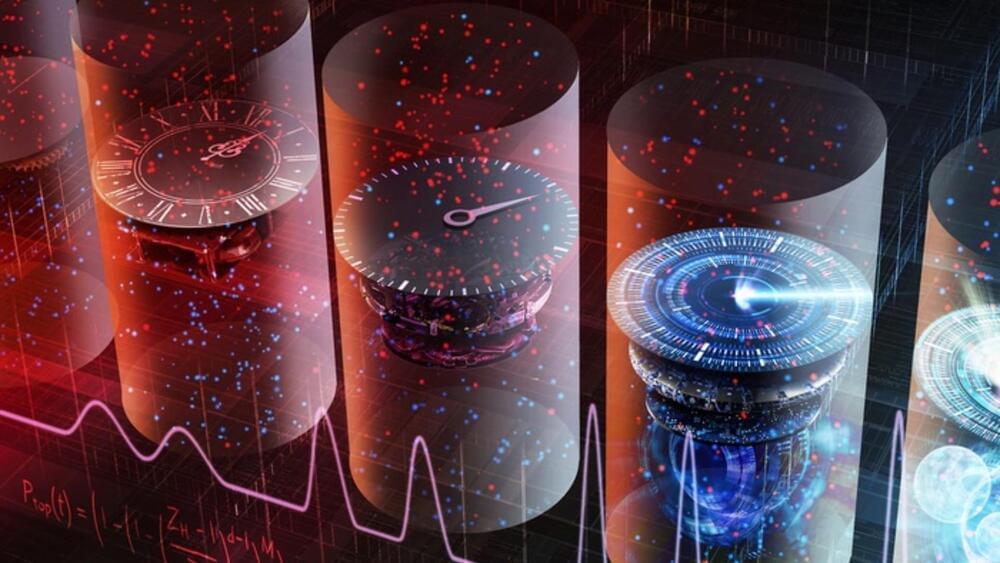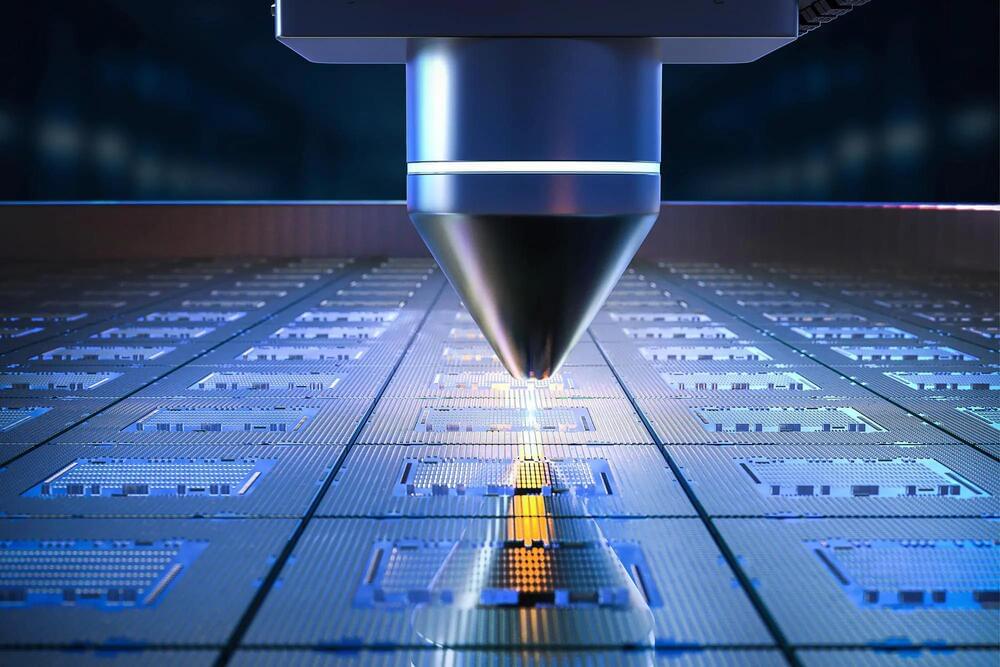A group of researchers led by Andreas Wallraff, Professor of Solid State Physics at ETH Zurich, has performed a loophole-free Bell test to disprove the concept of “local causality” formulated by Albert Einstein in response to quantum mechanics.
By showing that quantum mechanical objects that are far apart can be much more strongly correlated with each other than is possible in conventional systems, the researchers have provided further confirmation for quantum mechanics. What’s special about this experiment is that the researchers were able for the first time to perform it using superconducting circuits, which are considered to be promising candidates for building powerful quantum computers.
A Bell test is based on an experimental setup that was initially devised as a thought experiment by British physicist John Bell in the 1960s. Bell wanted to settle a question that the greats of physics had already argued about in the 1930s: Are the predictions of quantum mechanics, which run completely counter to everyday intuition, correct, or do the conventional concepts of causality also apply in the atomic microcosm, as Albert Einstein believed?
